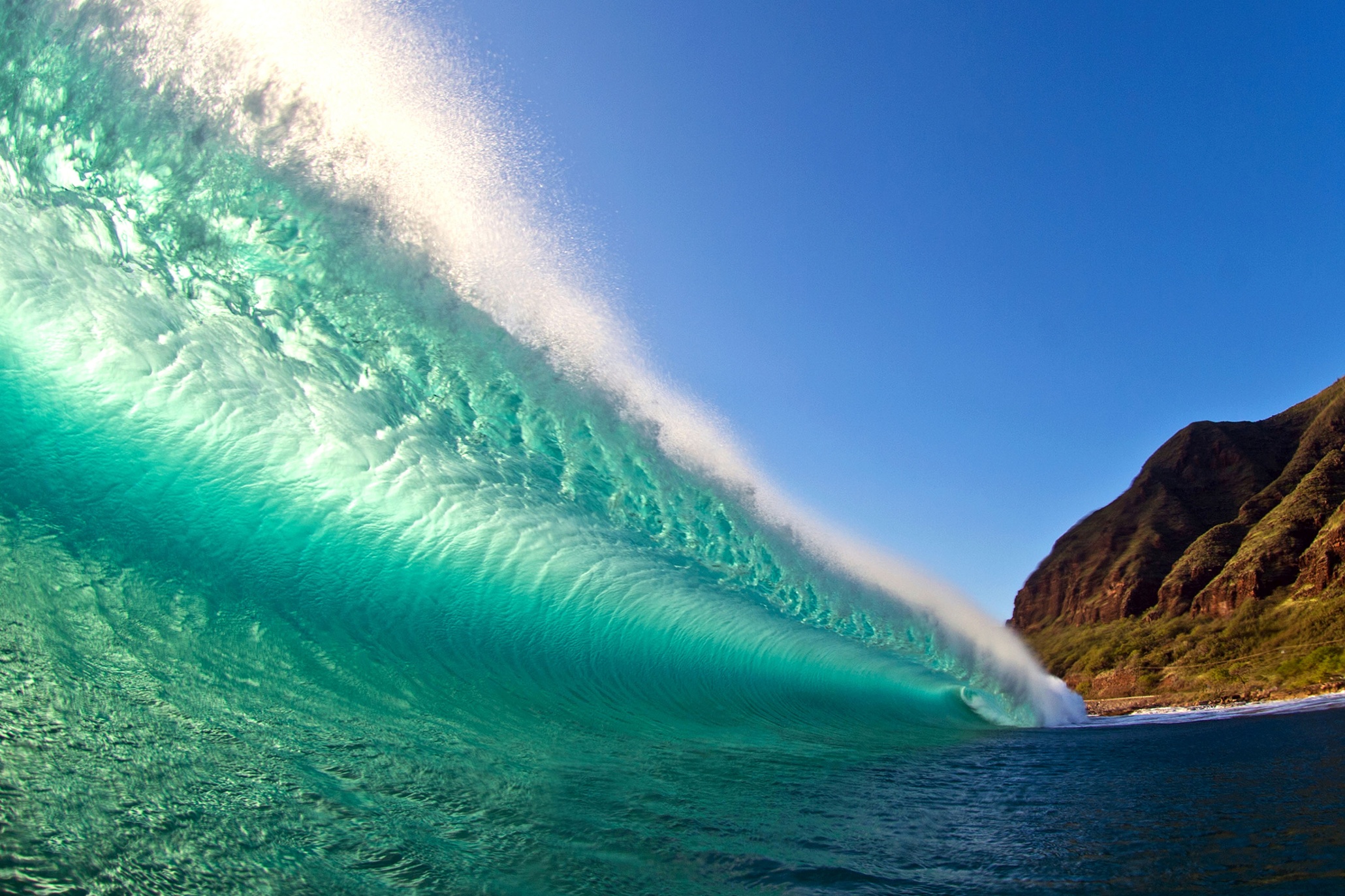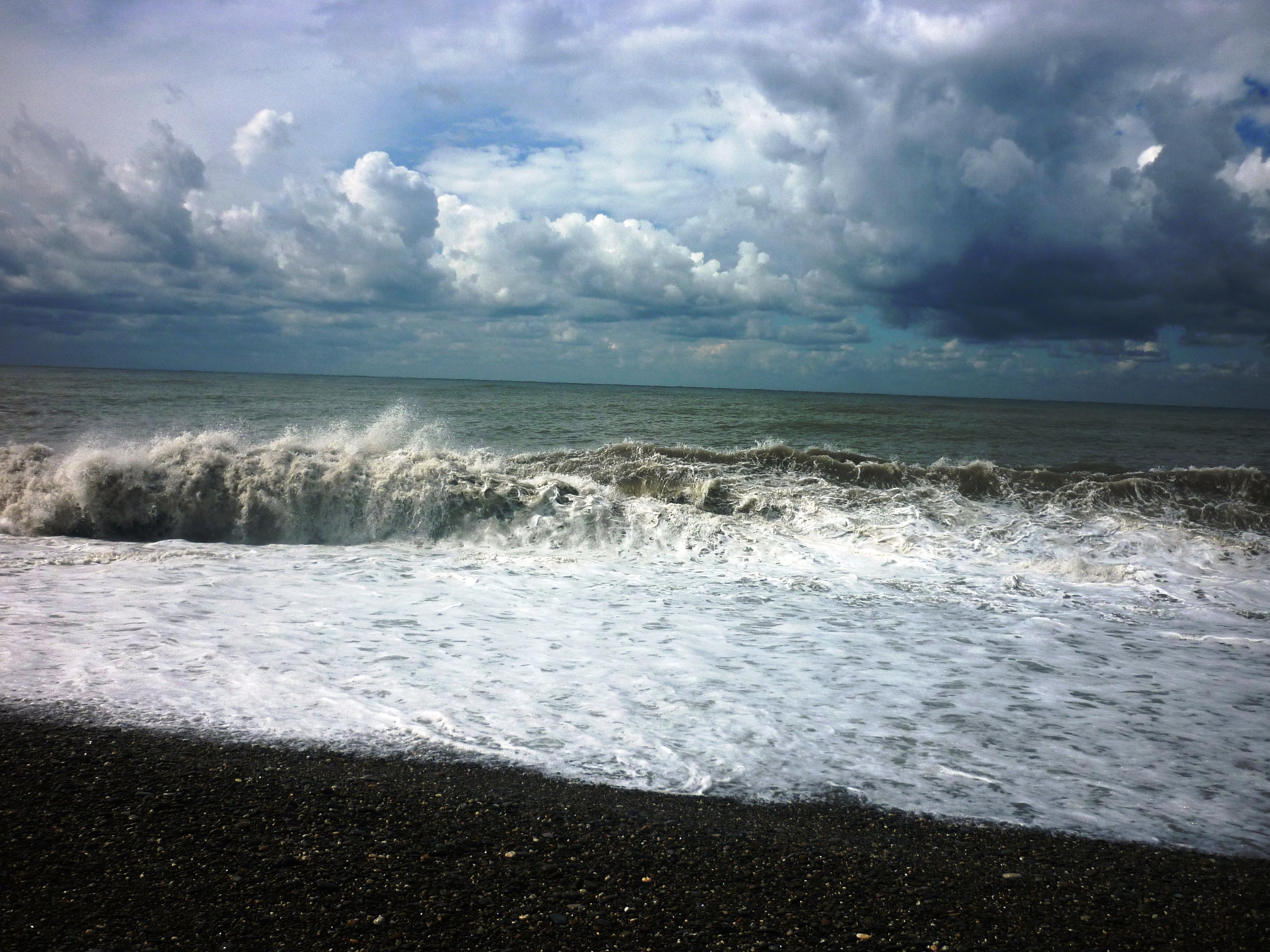

The circles summarize the total motion of the medium when a full wavelength passes. The illustration above, adapted from von Arx, shows the direction of the water motion at different points along the wave.īascom describes wavetank experiments where the circulation of the water was studied. (Actually, experiments show a slight advance of the water with the waves, but that advance is small compared to the overall circular motion.) The motion of the water is forward as the peak of the wave passes, but backward as the trough of the wave passes, arriving again at the same position when the next peak arrives.


The discovery of the trochoidal shape came from the observation that particles in the water would execute a circular motion as a wave passed without significant net advance in their position. This narrowing or steepening of the peak becomes more pronounced as the wave amplitude increases. The trochoid shape does approach the sine curve in shape for small amplitudes, but you can perhaps see that the shape is different, with a narrowing of the peaks of the trochoid compared to the sinusoid. The following sketch is adapted from Bascom. A trochoid can be defined as the curve traced out by a point on a circle as the circle is rolled along a line. The shape of an ocean wave is often depicted as a sine wave, but the the experimental waveshape is described as a "trochoid". The term celerity means the speed of the progressing wave with respect to stationary water - so any current or other net water velocity would be added to it. It will be presumed that ocean waves obey the basic wave relationship c=fλ, where c is traditionally used for the wave speed or "celerity". Some of the things that have been learned will be summarized here. It is certainly a subject that has been studied thoroughly, but no single model is going to apply to all cases. The wave speed relationship is CalculationĪny such simplified treatment of ocean waves is going to be inadequate to describe the complexity of the subject. The velocity of idealized traveling waves on the ocean is wavelength dependent and for shallow enough depths, it also depends upon the depth of the water.


 0 kommentar(er)
0 kommentar(er)
